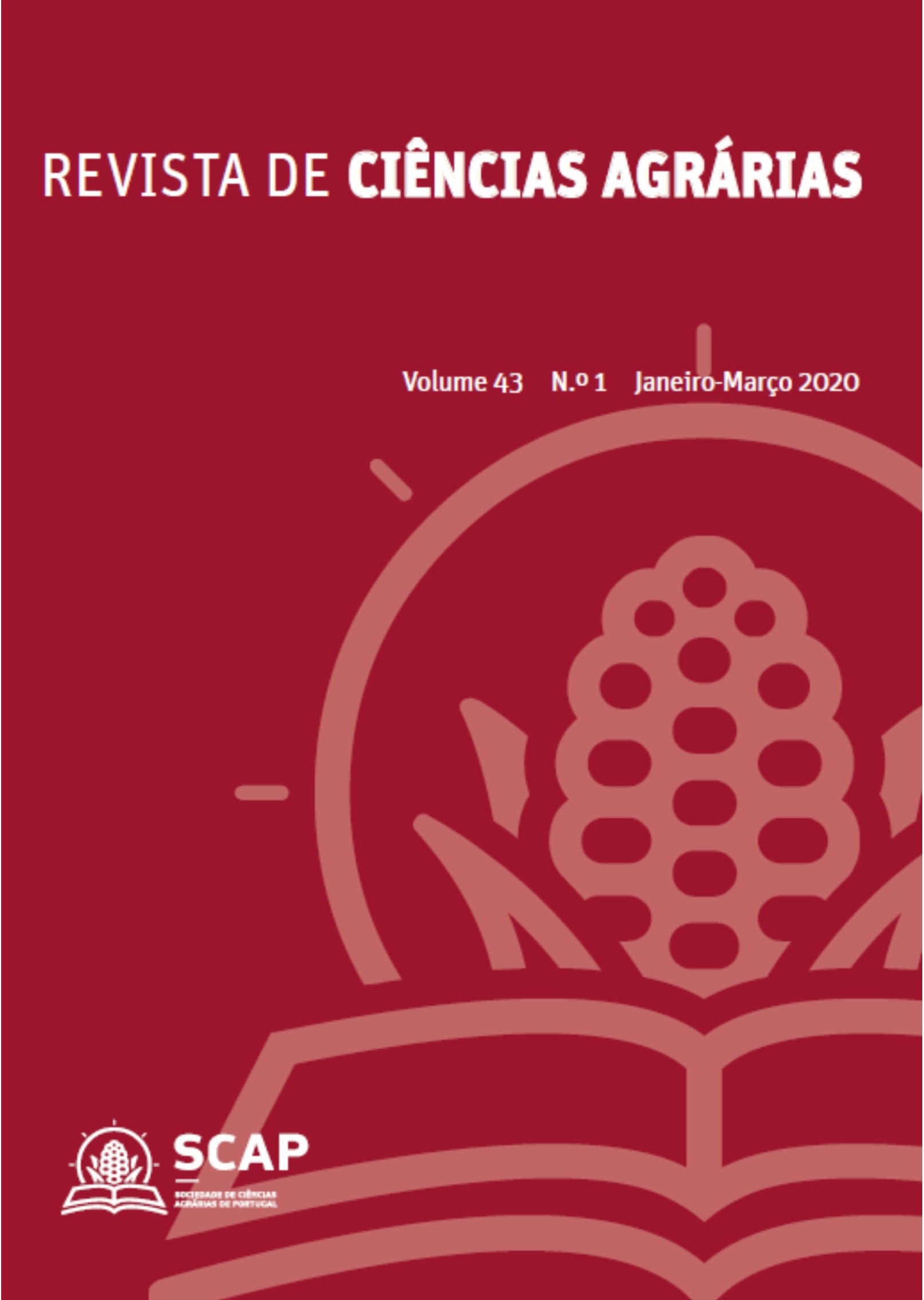PHYSIOLOGICAL CHANGES IN THE INITIAL GROWTH OF SUGAR APPLE (Annona squamosa L.) SUBMITTED TO WATER STRESS
DOI:
https://doi.org/10.19084/rca.18026Abstract
The objective of this work was to evaluate two accessions of sugar apple, cv. Crioula (with thick wax layer in the leaves) and cv. Verdinha (no wax deposition in the leaves) during initial growth under water stress conditions in two seasons: rainy season (July and August 2017) and dry season (January 2018). The work was carried out in a greenhouse, in a 2 x 4 factorial scheme, with two accessions of sugar apple and four stress times after irrigation suspension in a completely randomized design with 6 replicates. Were evaluated the physiological variables. The results showed that during the rainy season there was a higher photosynthetic rate (35,44 mol de CO2 m-2 s-1). in the two accessions, regardless of the level of stress. The maximum value of stomatal conductance (0.69 mol m-2 s-1) and minimum (0.02 mol m-2 s-1) were observed in seedlings evaluated in the dry season. The cv. Verdinha presented higher transpiration rate (5,49 mmol H2O m-2) in dry season. The plants evaluated in the rainy season presented greater leaf water potential. The physiological changes evidenced that the two accessions of A. squamosa have high adaptability capacity under conditions of water stress, independent of the wax deposition in the leaves.


